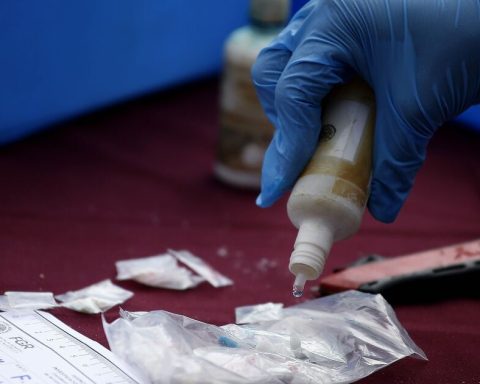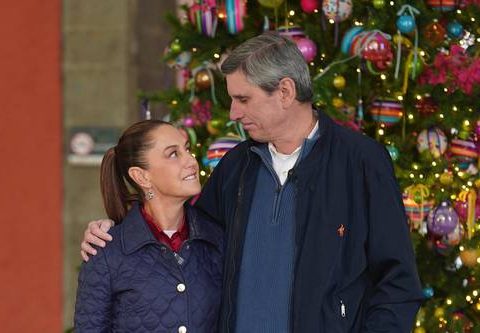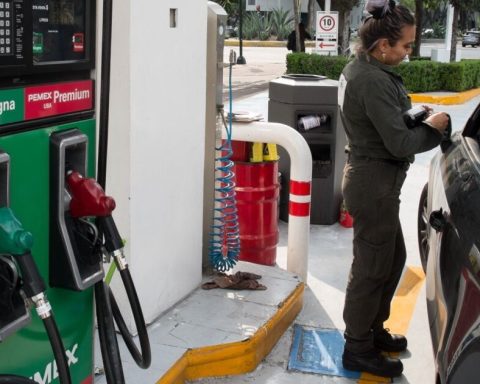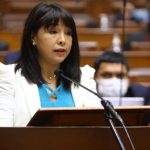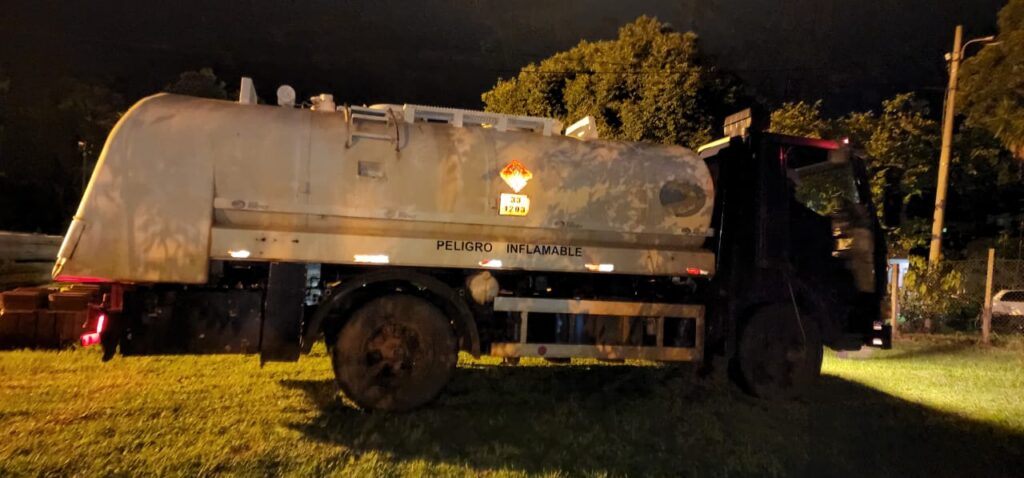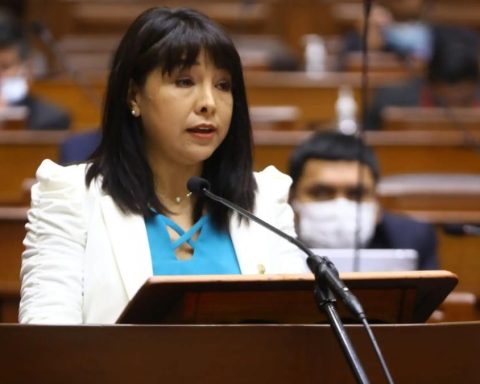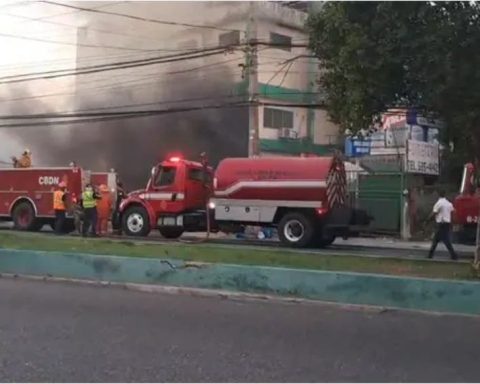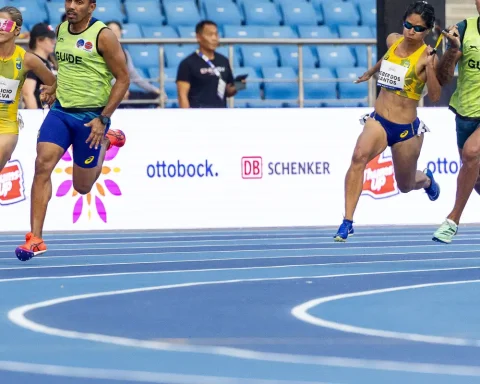▲ Lorenzo Córdova, President Councilor of the INE; Francisco García Cabeza de Vaca, governor of Tamaulipas, and Reyes Rodríguez Mondragón, president of the TEPJF, led the agreement for the electoral integrity of the electoral process in Tampico, Tamaulipas.Darkroom Photo
Alonso Urrutia
Newspaper La Jornada
Friday April 1, 2022, p. 4
The National Electoral Institute (INE) plans that for the mandate revocation day on April 10, of the 57,516 polling stations that will be installed, in 93 percent of the cases they will be located in the same address where they were deployed during the popular consultation on the performance of past politicians, which will make it easier for those who already attended to vote on August 1, to identify where they will have to vote, said councilor Martín Faz Mora.
The counselor mentioned that all the electoral materials have already been distributed, so practically everything is ready for voting day. Likewise, there are already 286,000 poll workers who will participate in the organization of this unprecedented mechanism for citizen participation in Mexico.
That is, only around 4,000 reception tables will change their location for the mandate revocation exercise with respect to the popular consultation on August 1, when 57,015 booths were installed. Faz Mora recalled that the location of each one of the ballot boxes corresponds to the 300 district boards.
The counselor commented that the district boards, which know the electoral geography, determined to repeat the location of the majority of the voting booths. Without a doubt, the compaction of the voting centers with respect to the federal elections (57,516 in this exercise compared to around 160,000 in federal elections) will have an impact on the distances that the voter will have to travel, recognizes Faz Mora, but particularly in urban areas it will not be so distant.
It will not be the same, he admits, in the case of the boxes located in more rural areas, where the distances will be increased. In his case, the compaction of polling stations intended that the territorial units encompass the electorate of three sections and it was the district boards that chose those that were logistically the best, said the electoral advisor.

